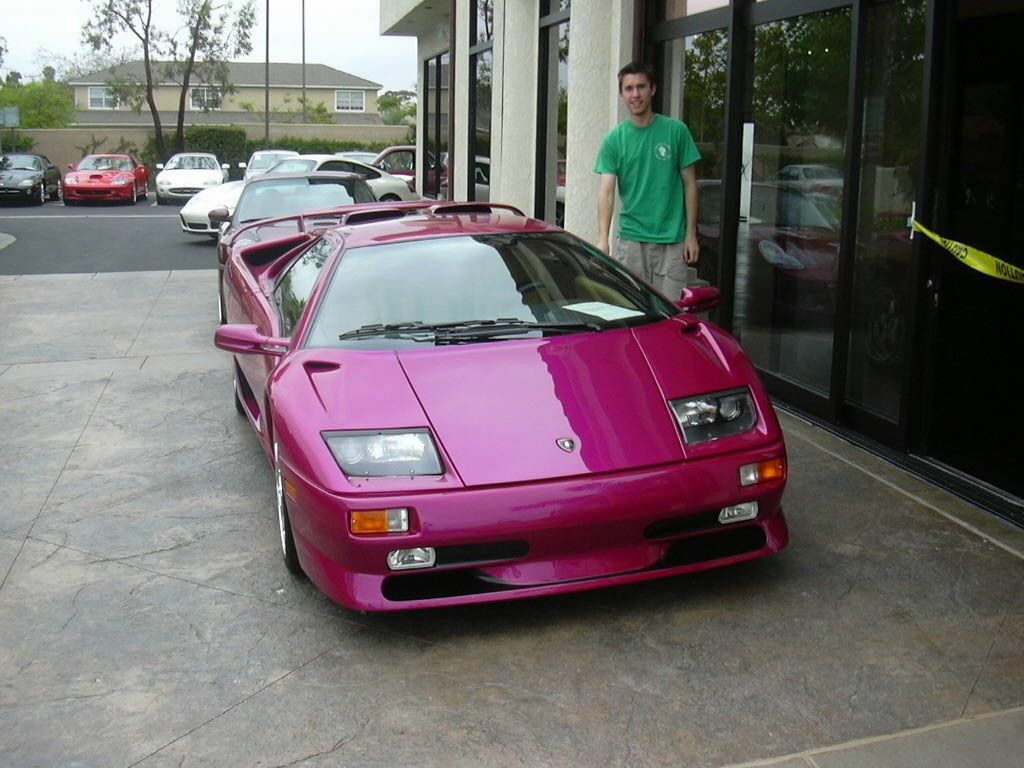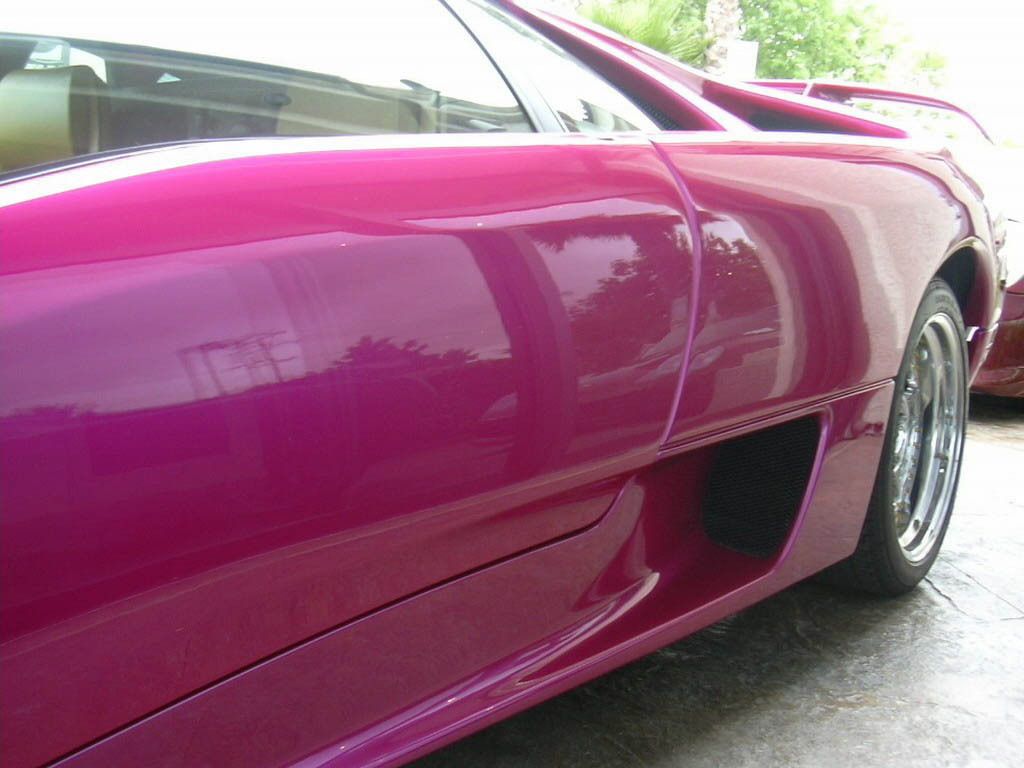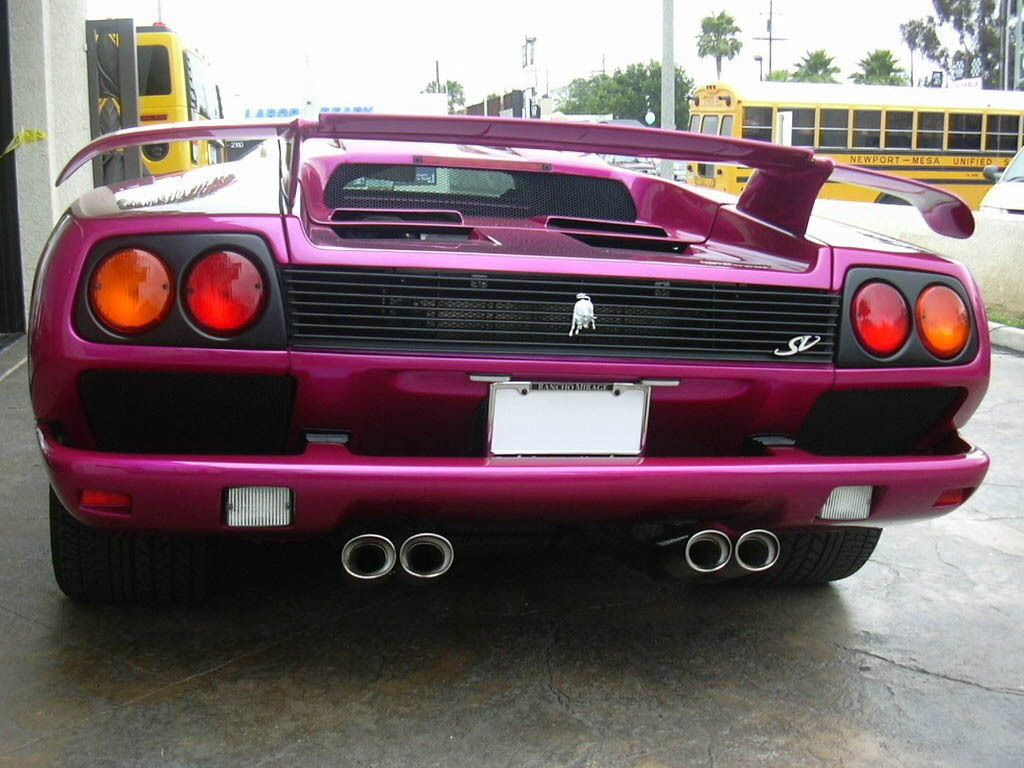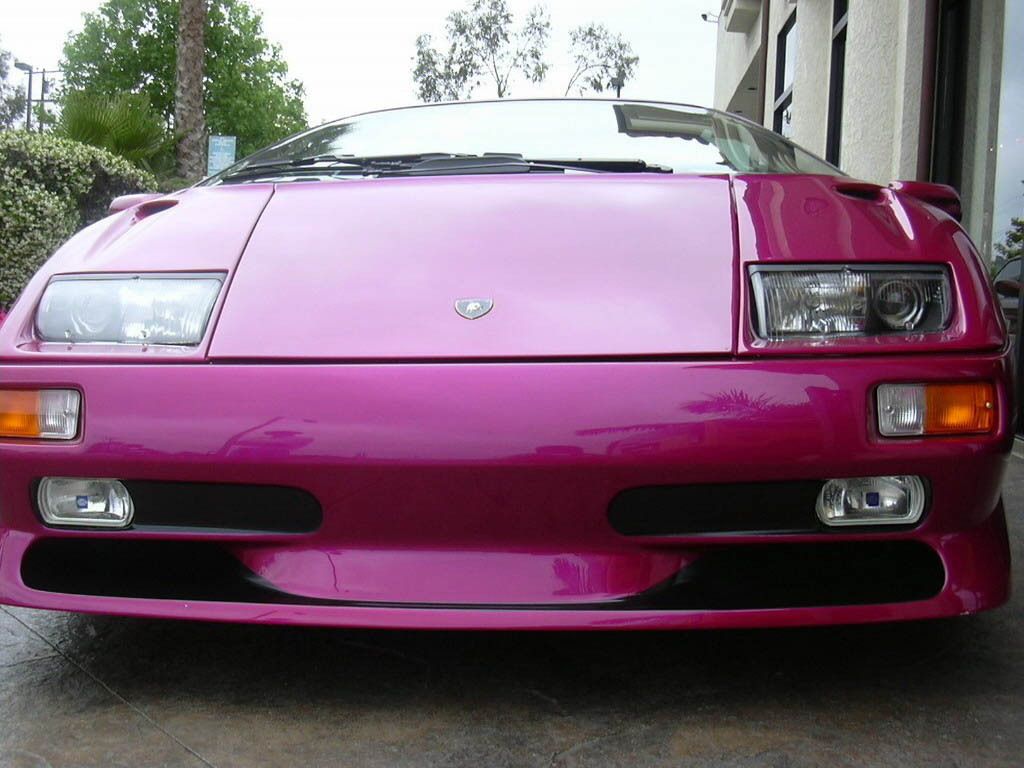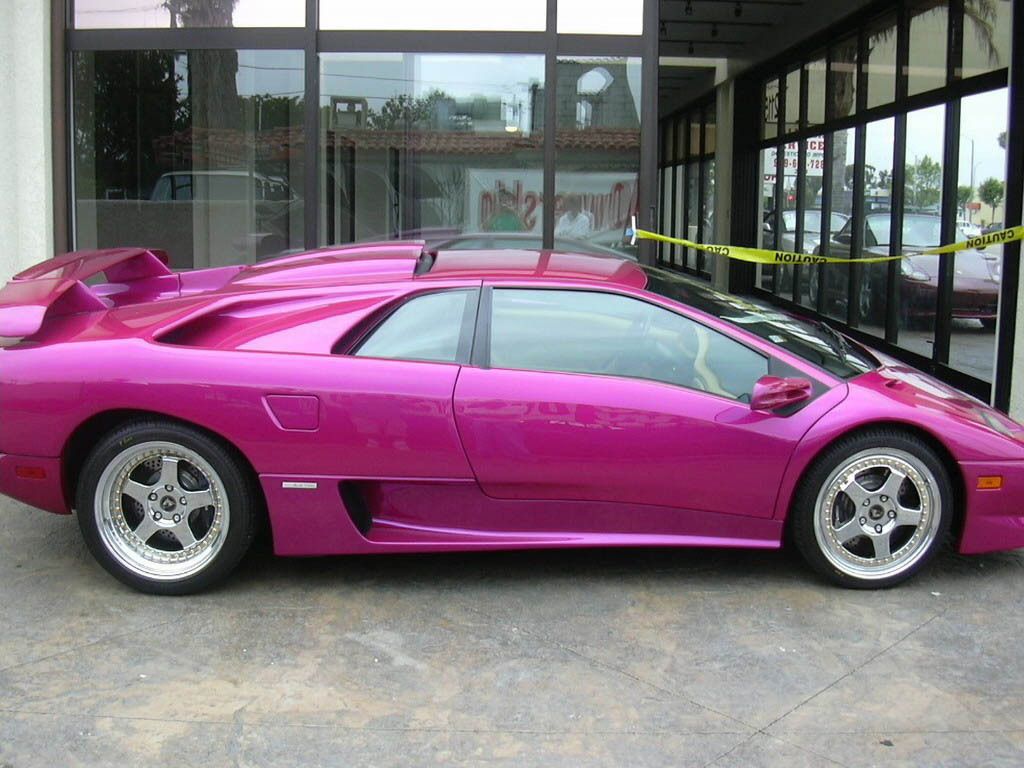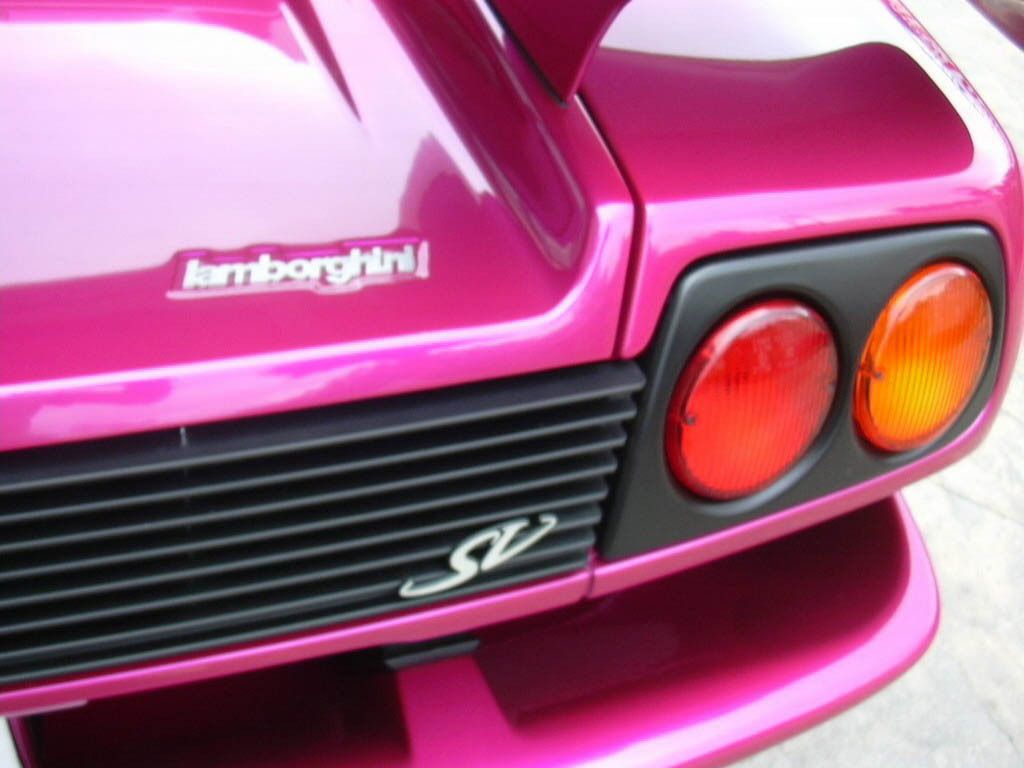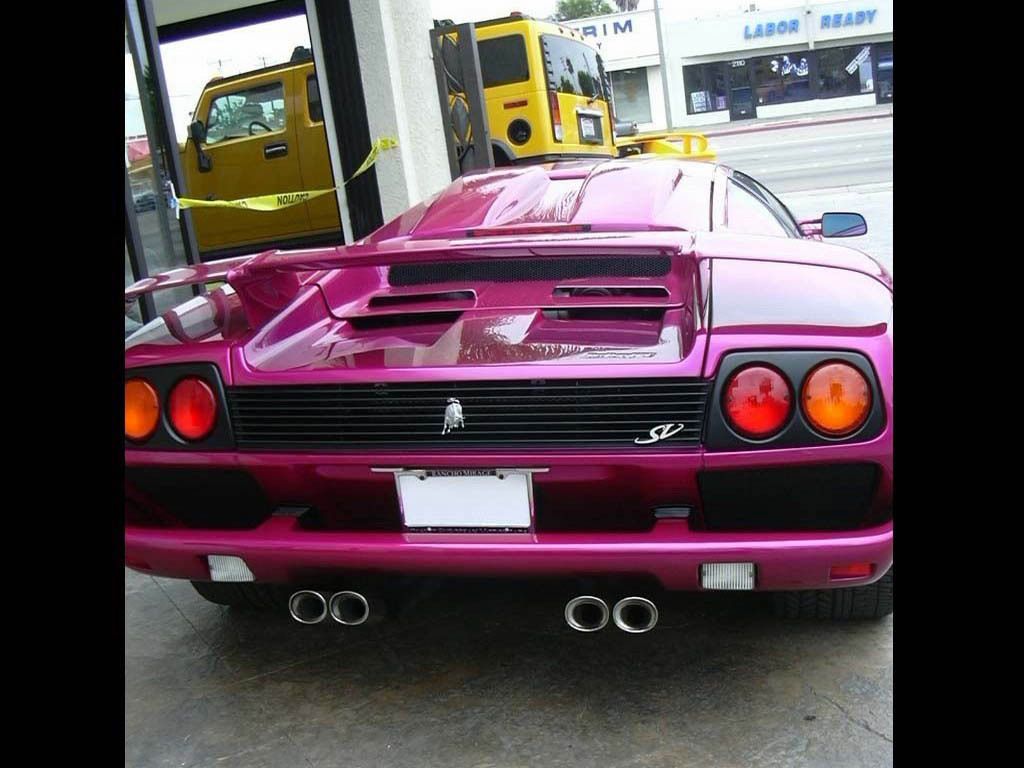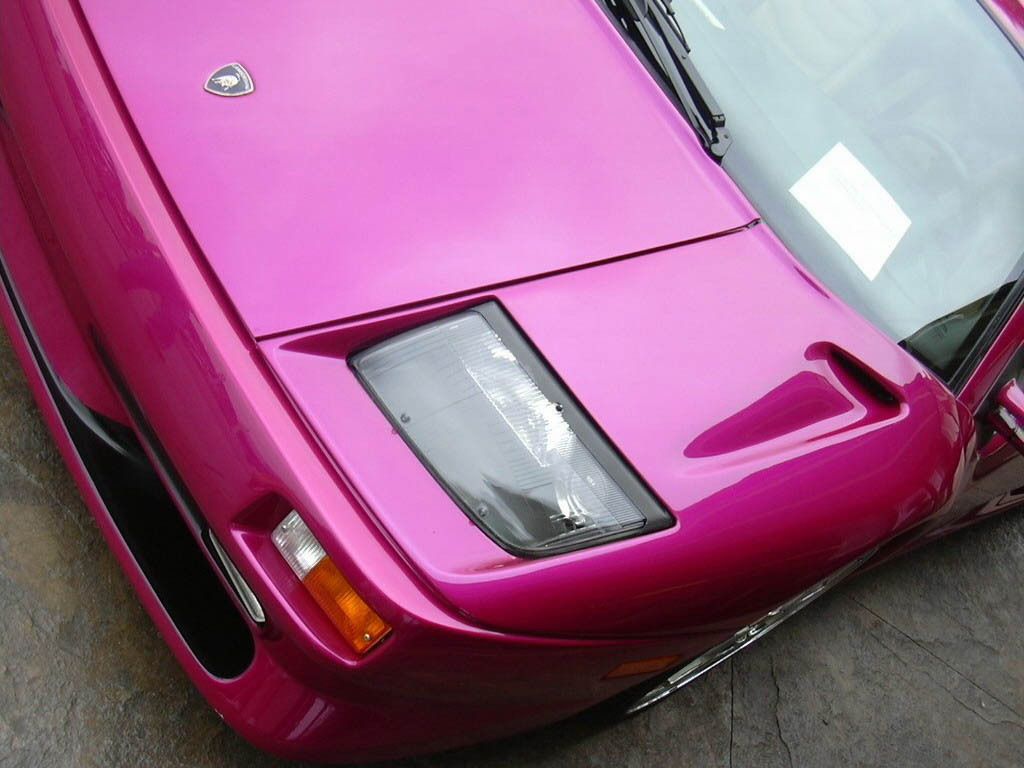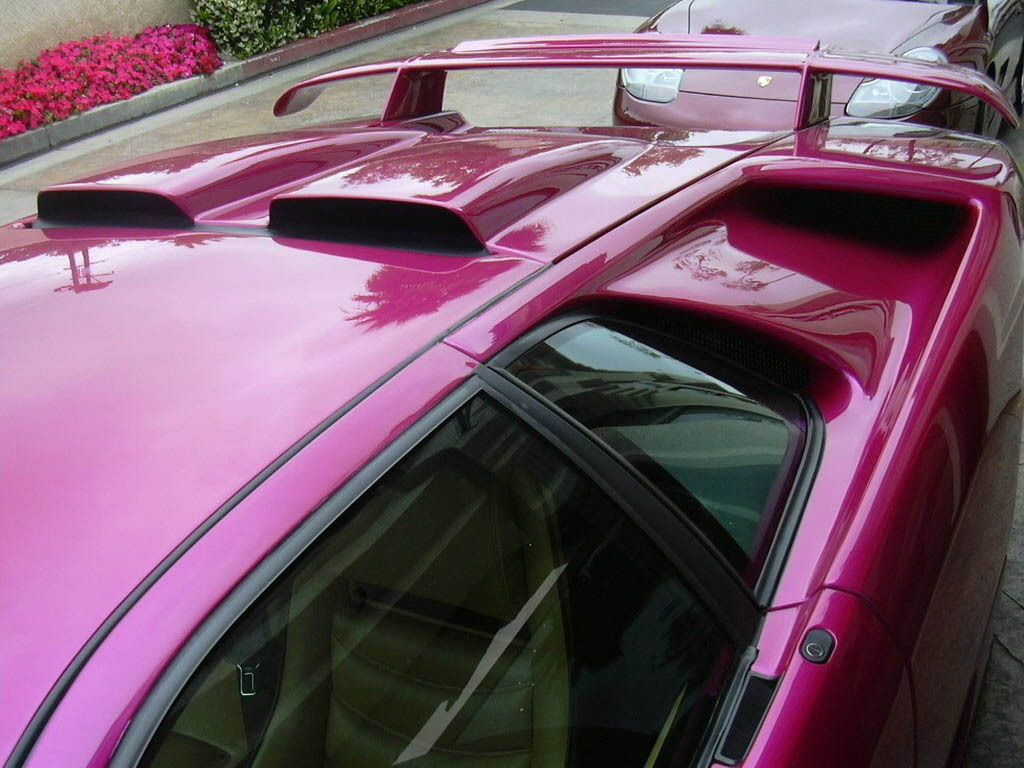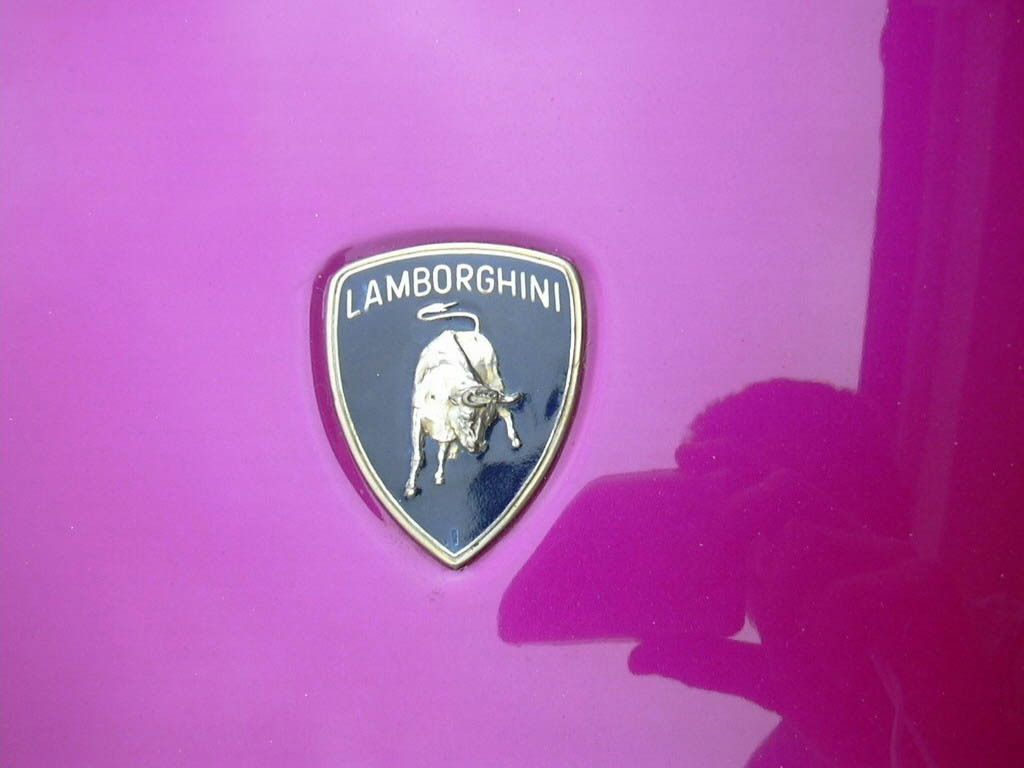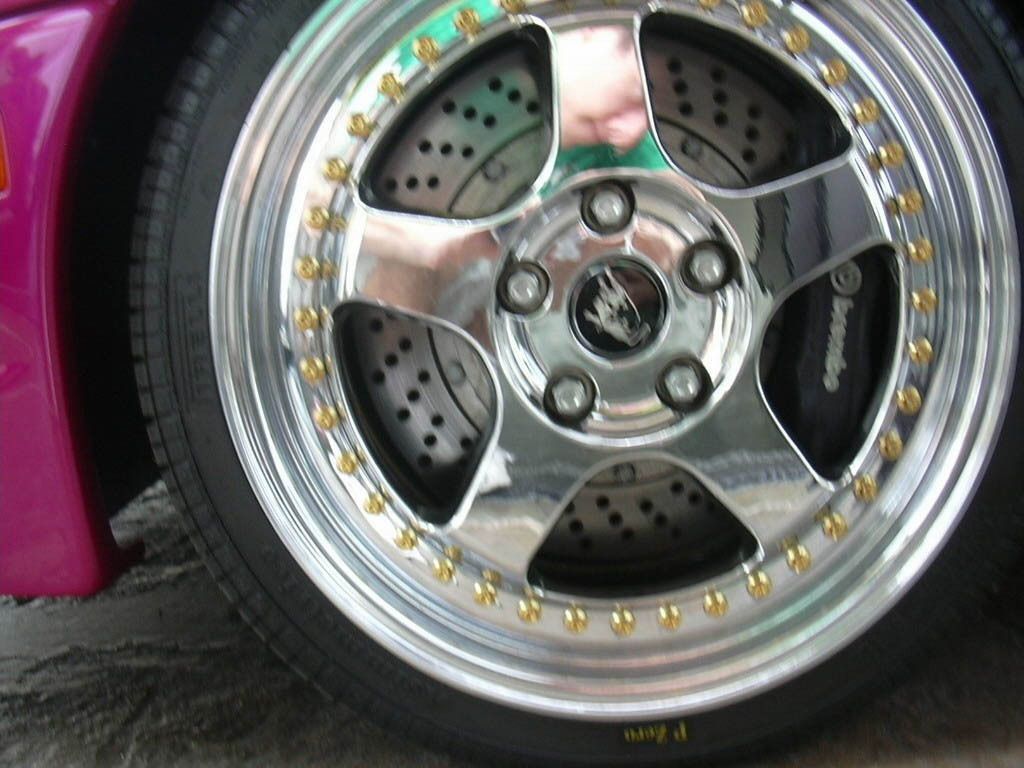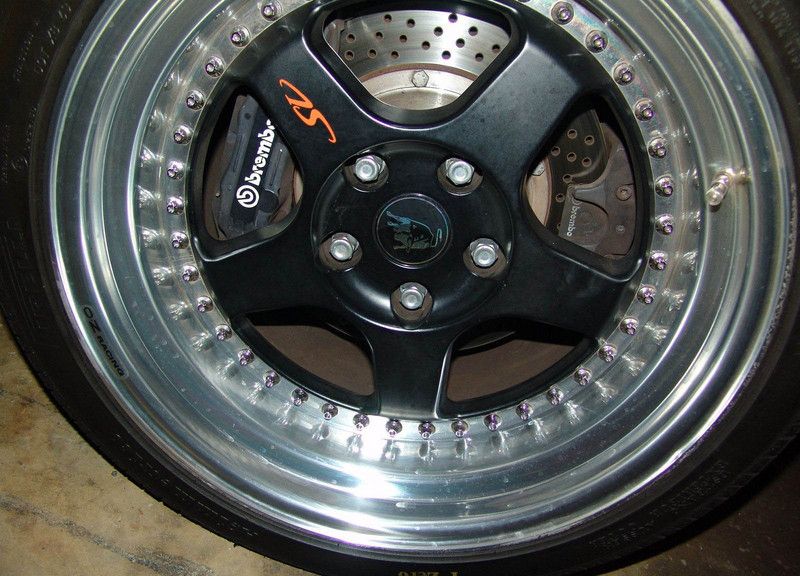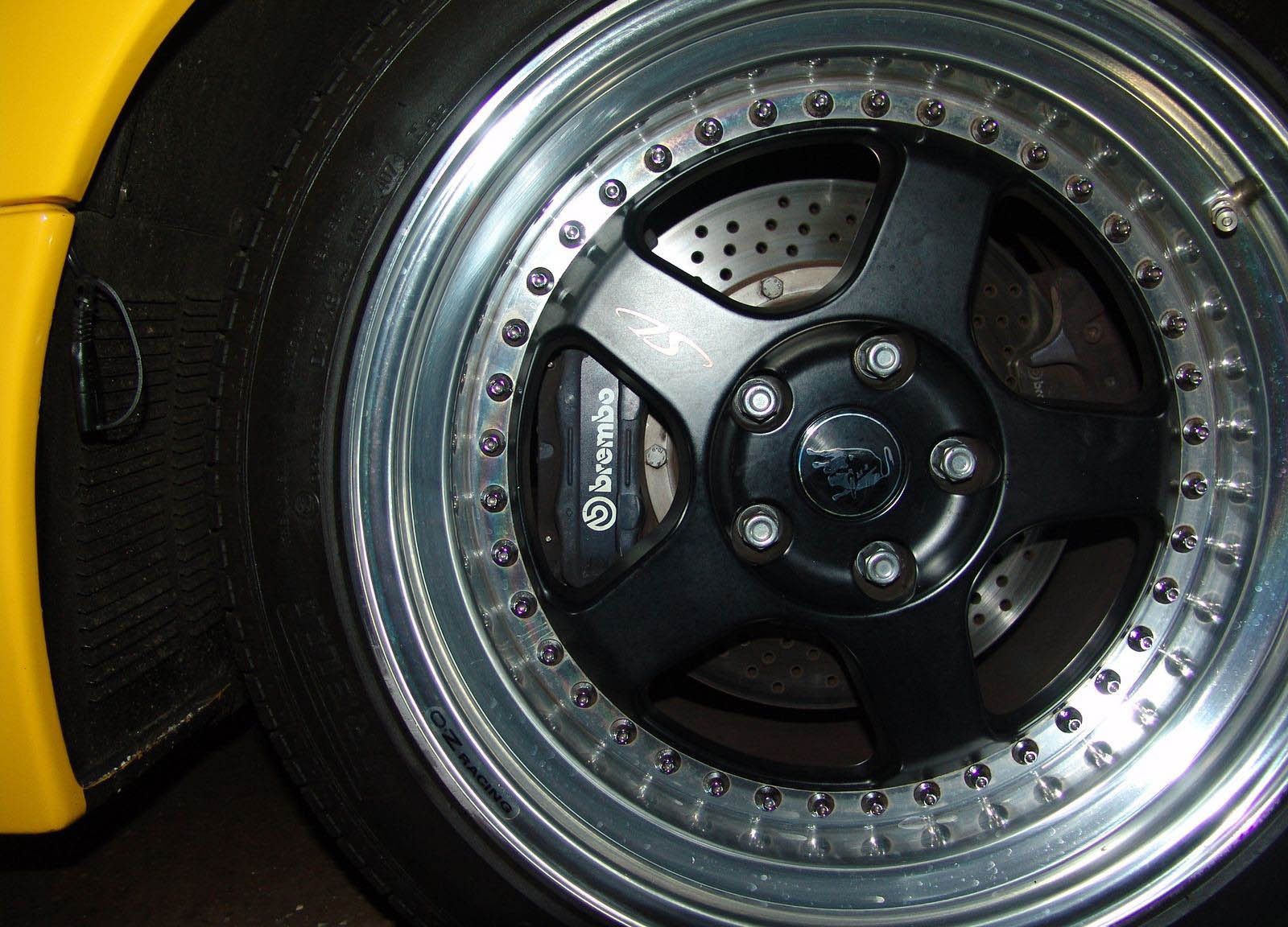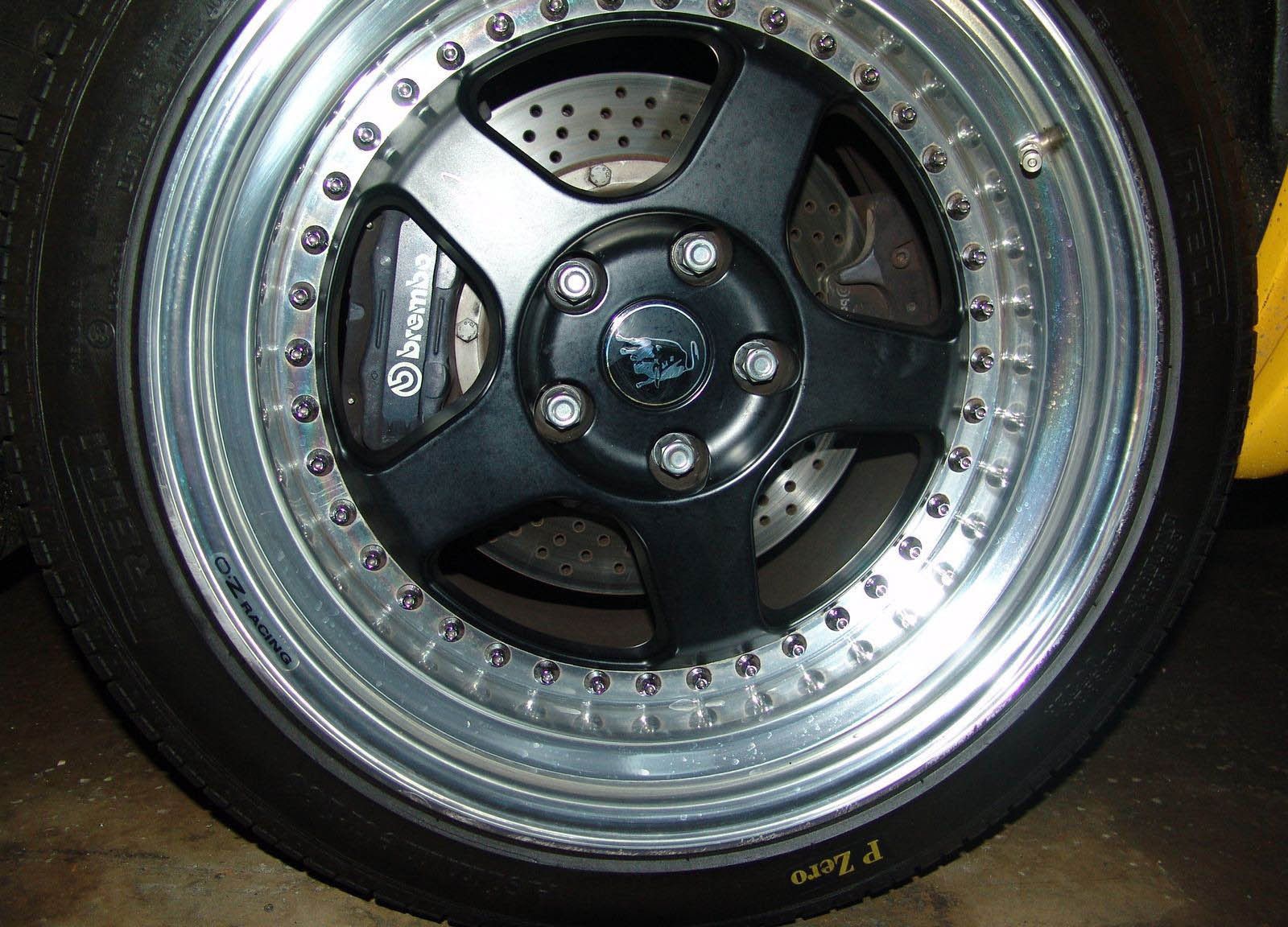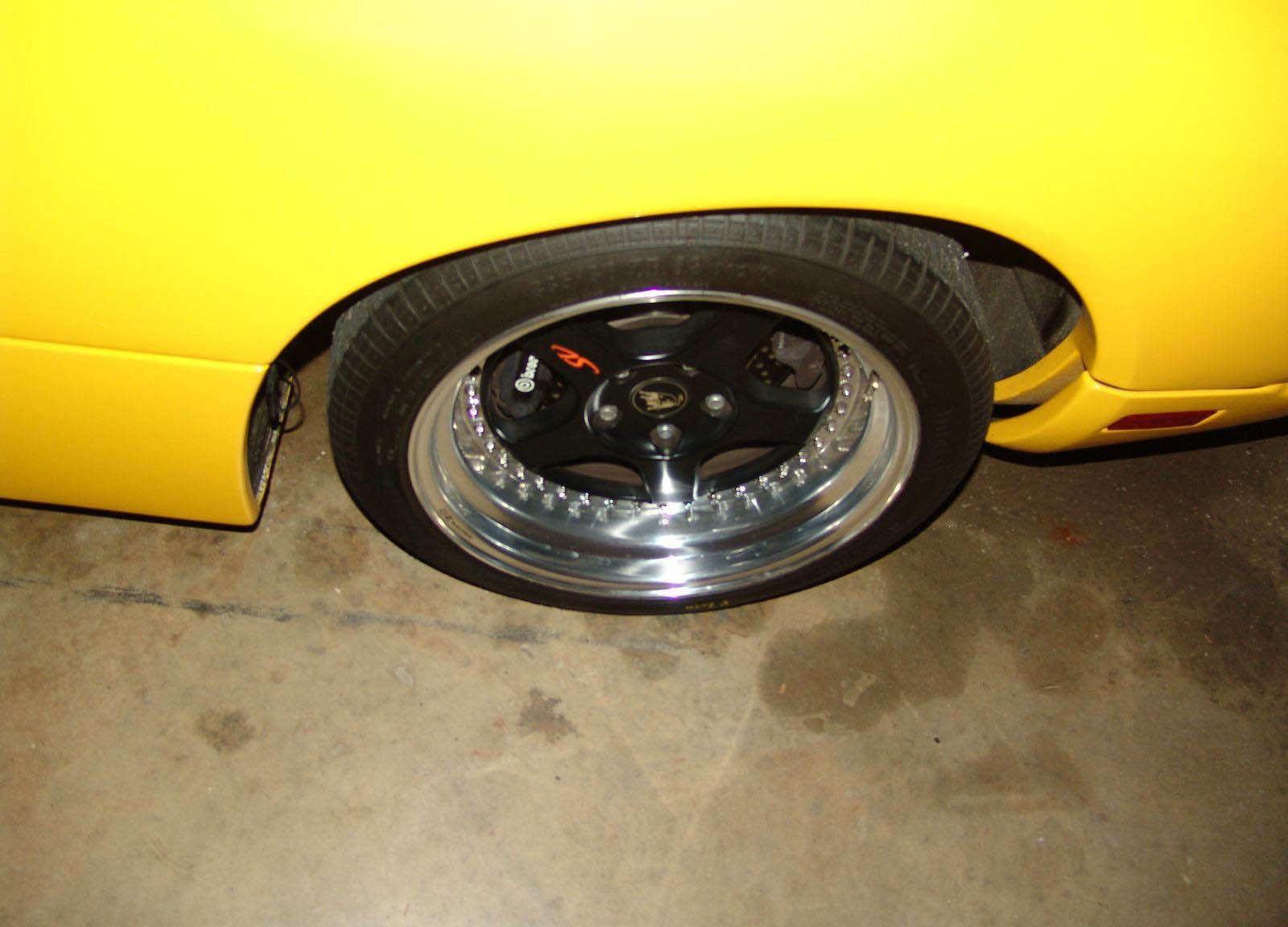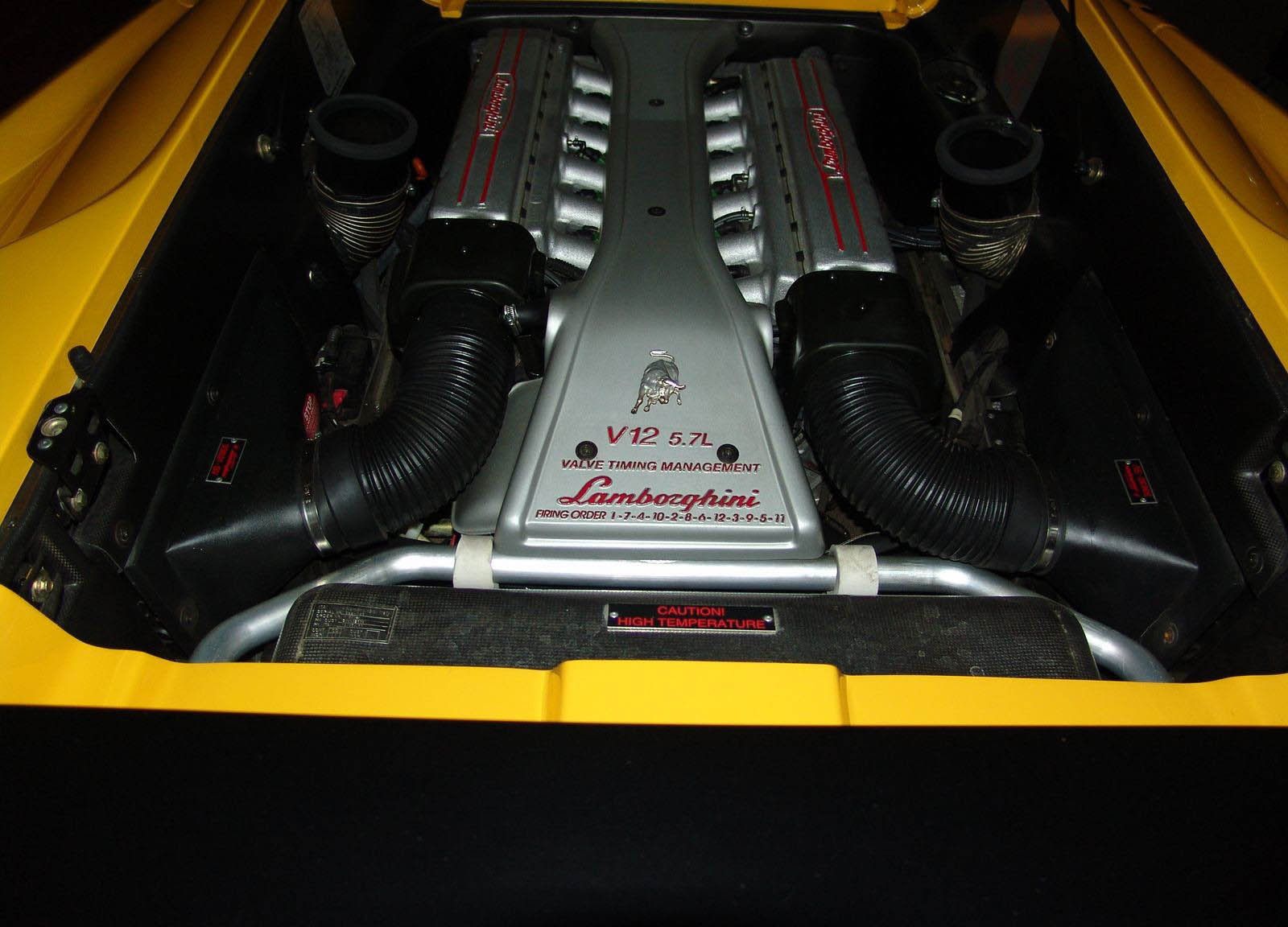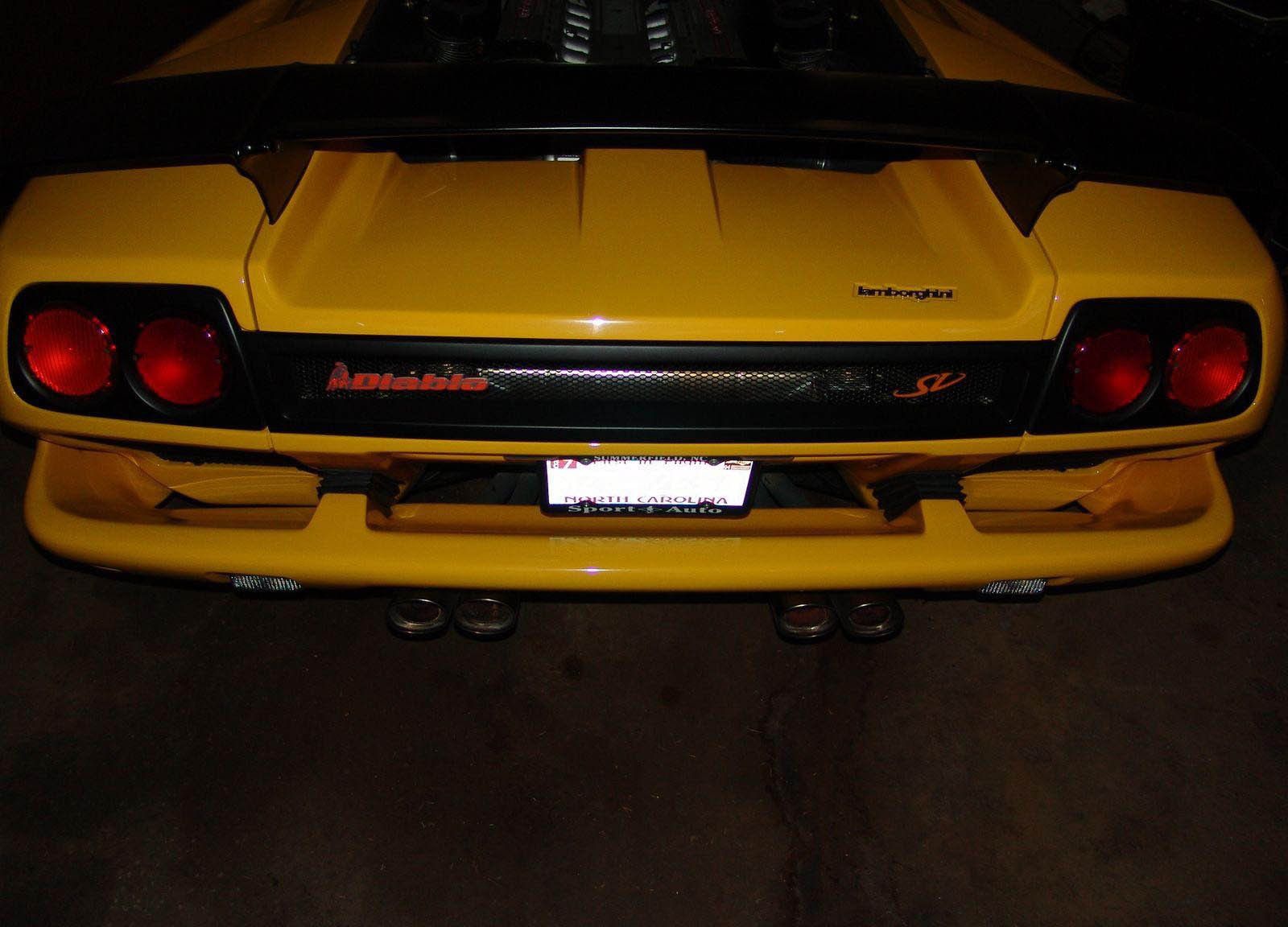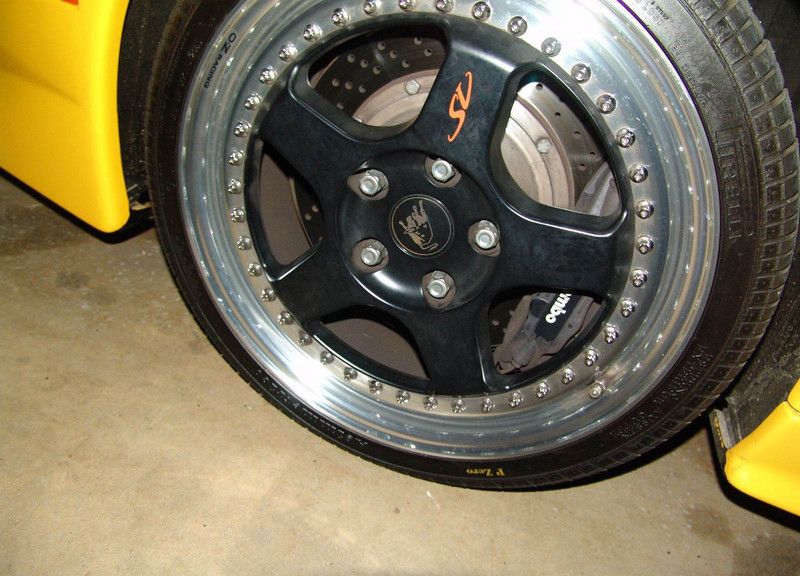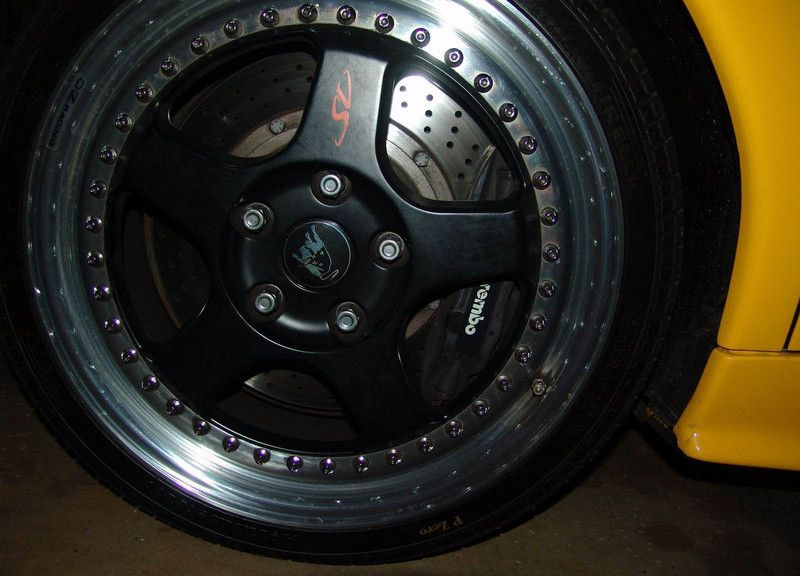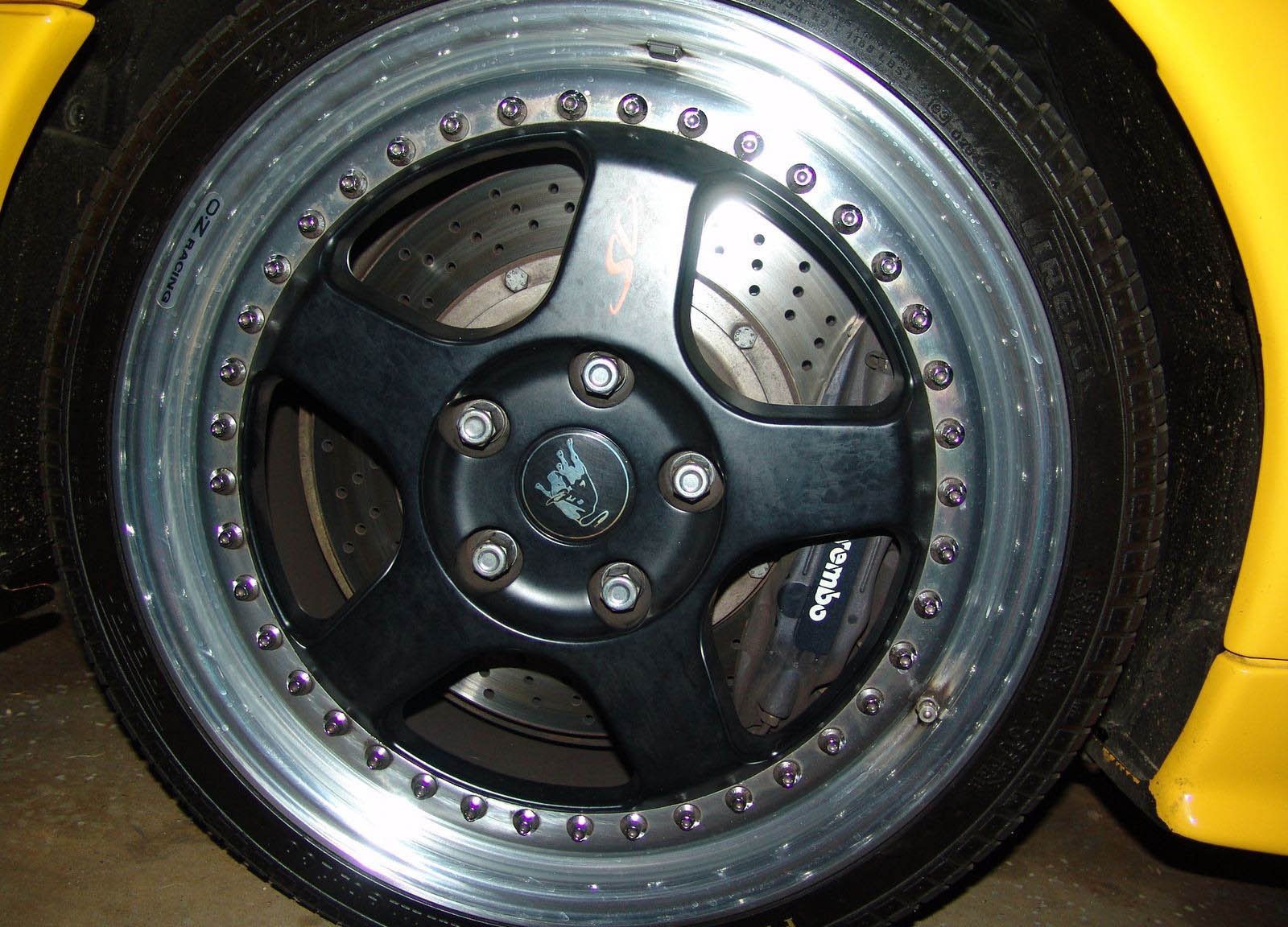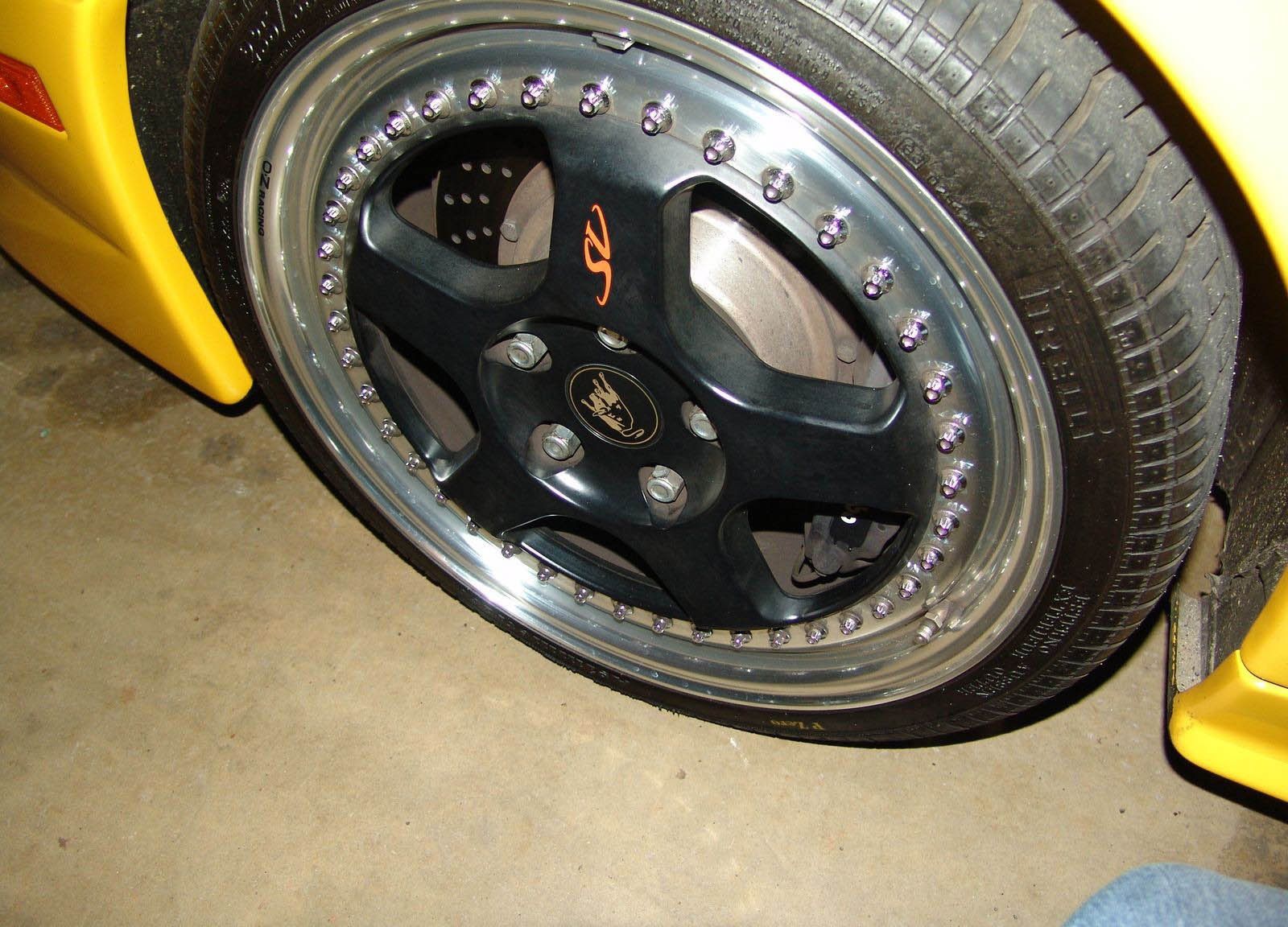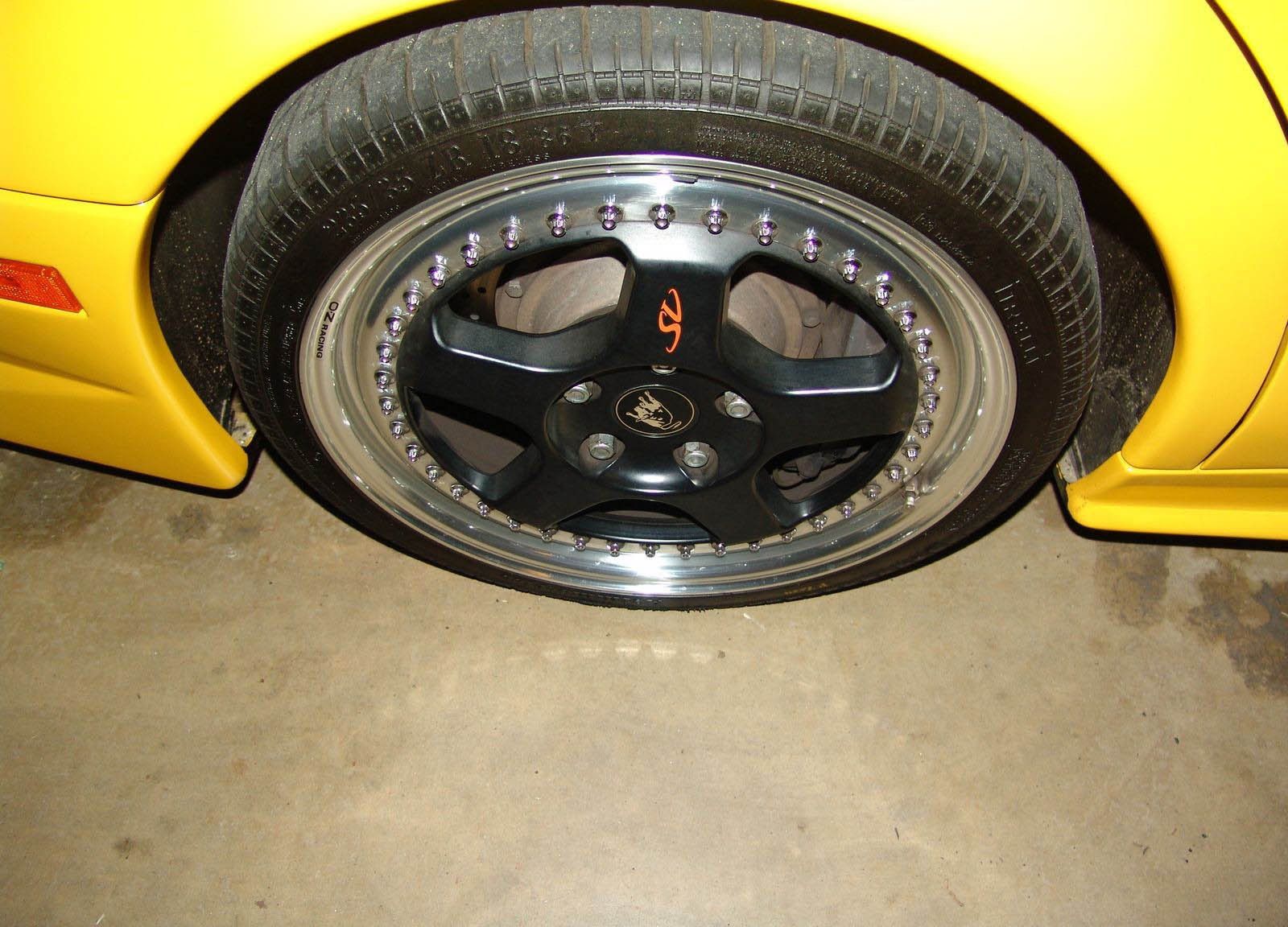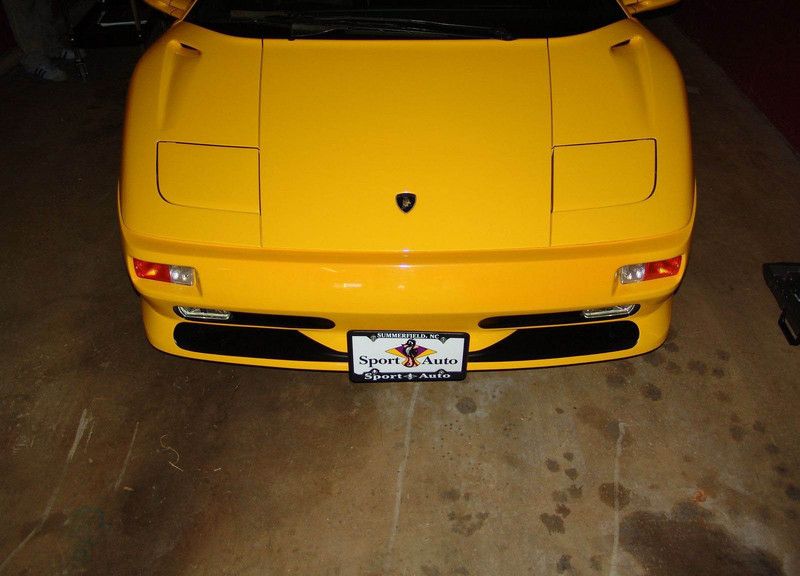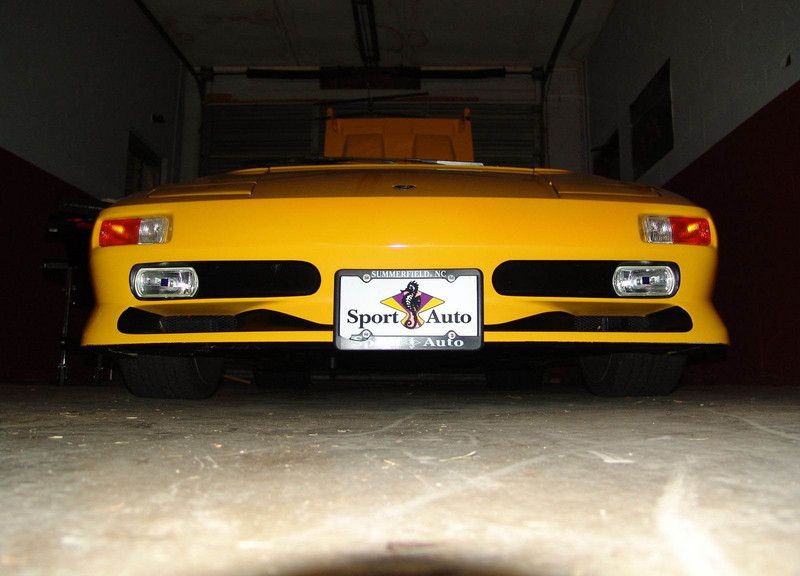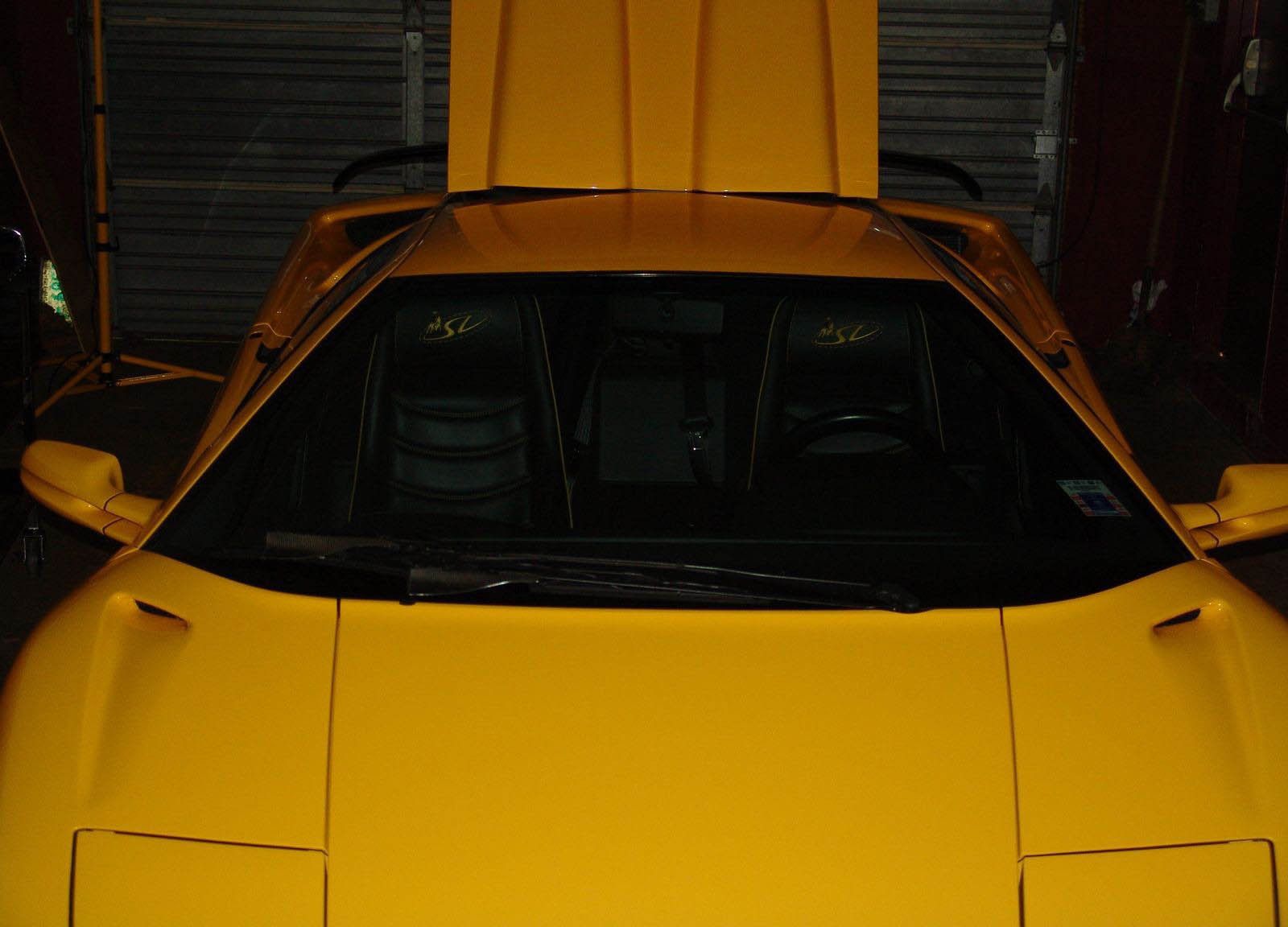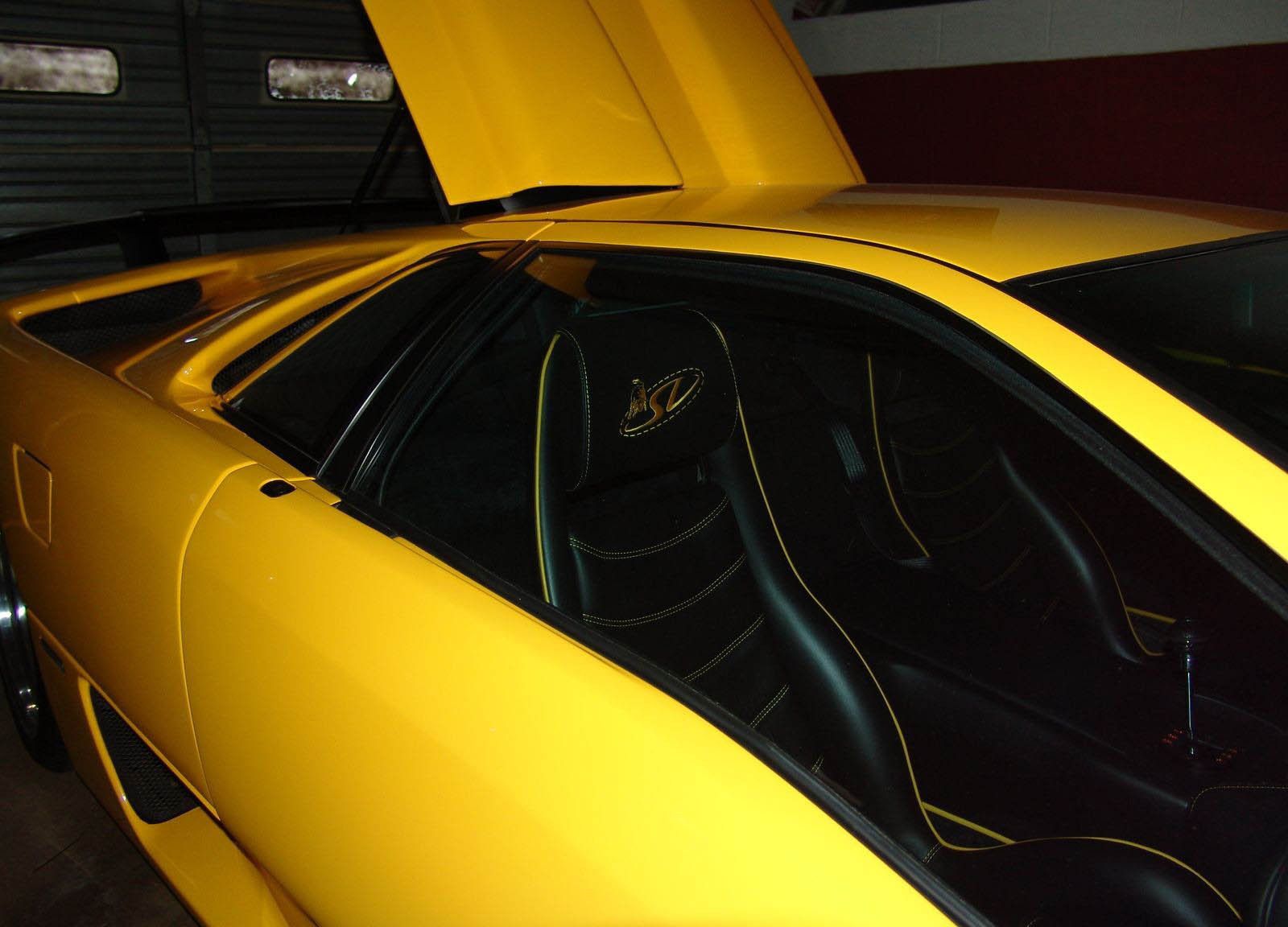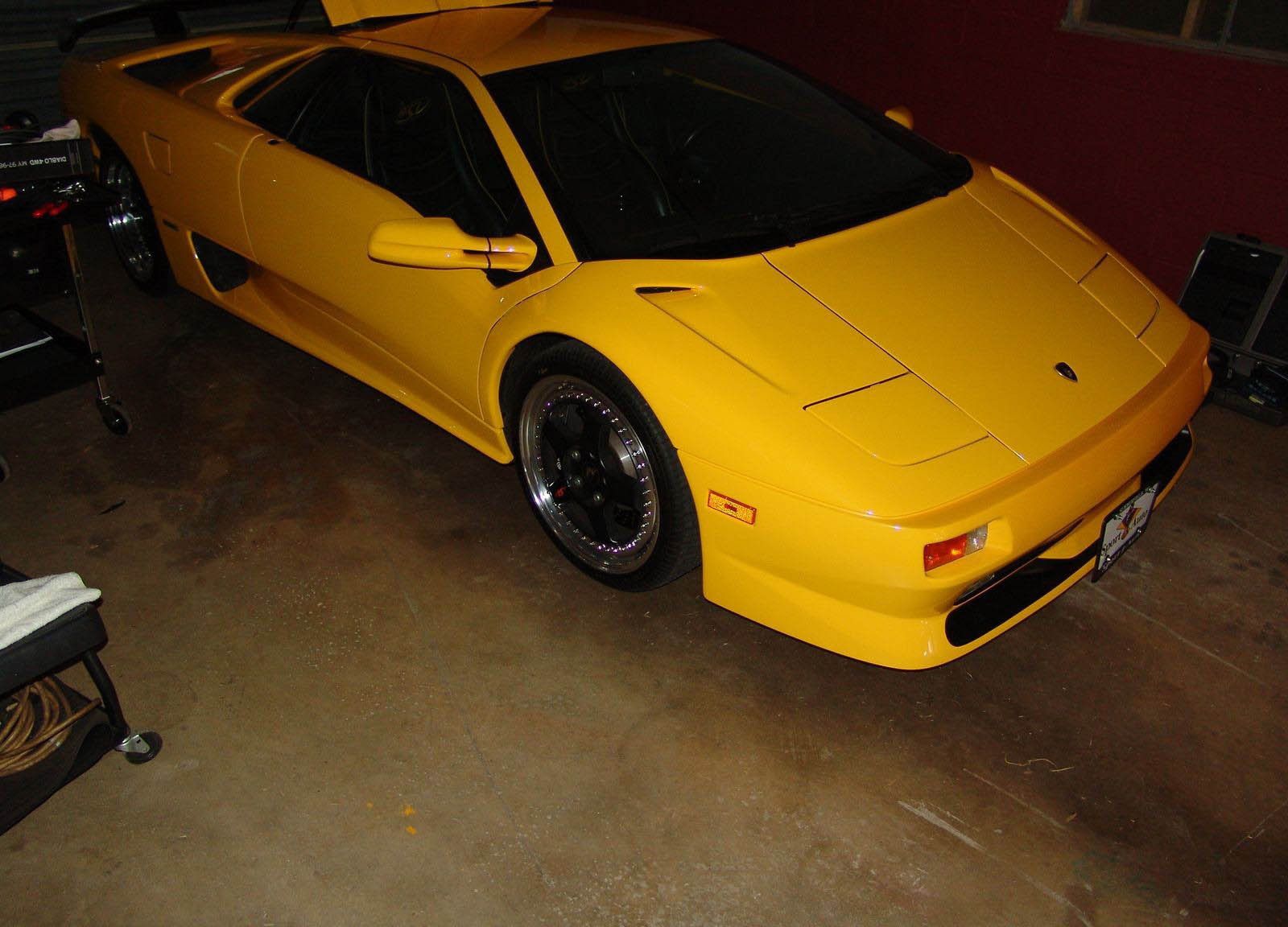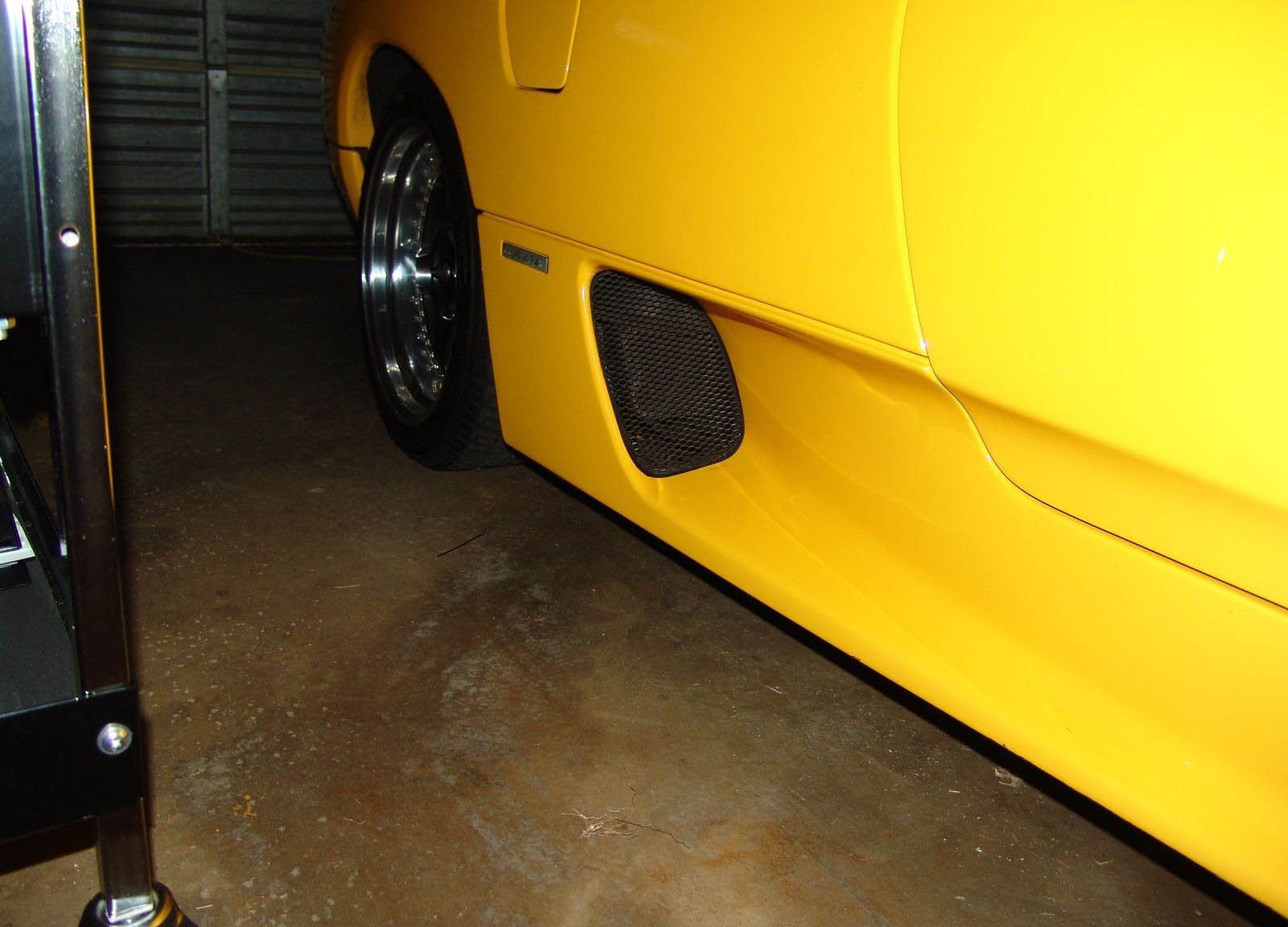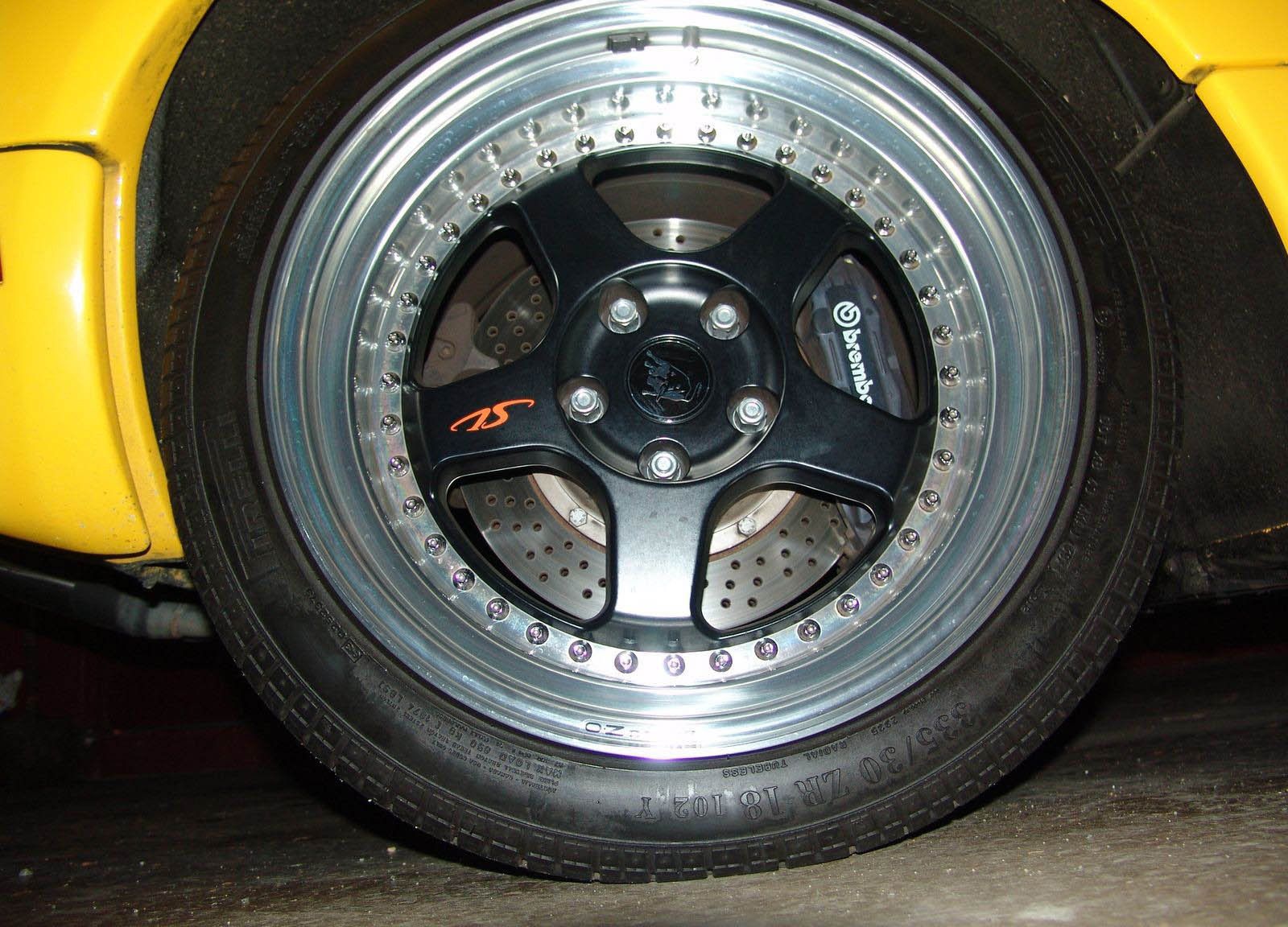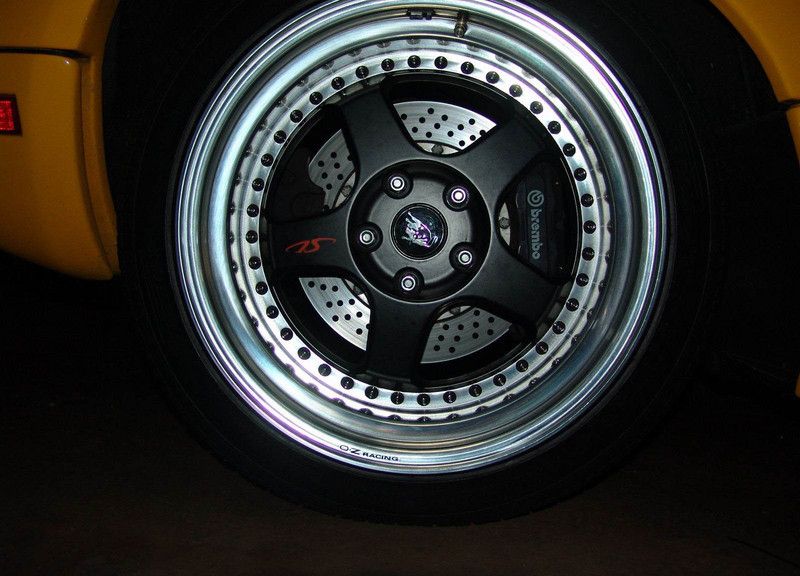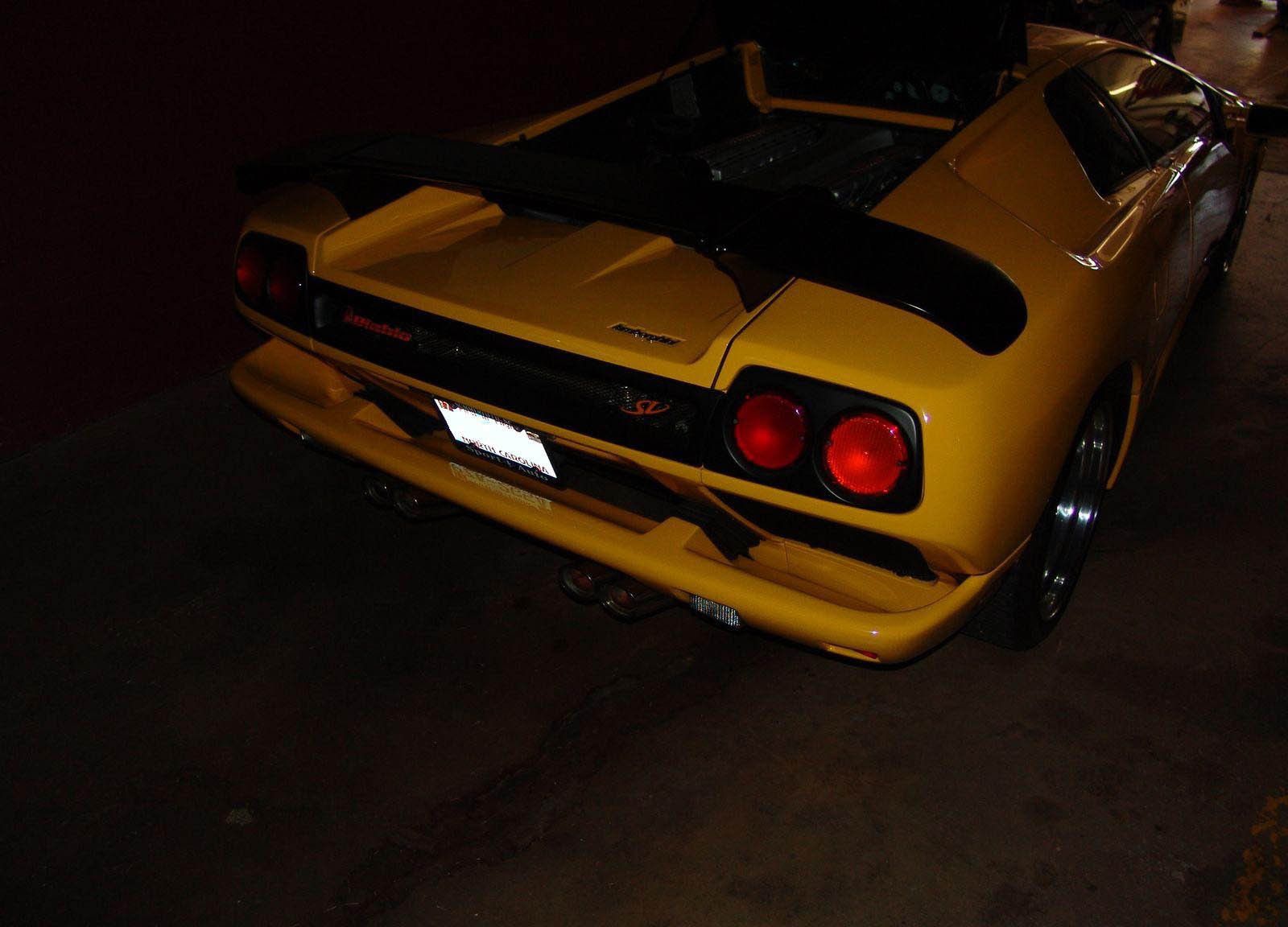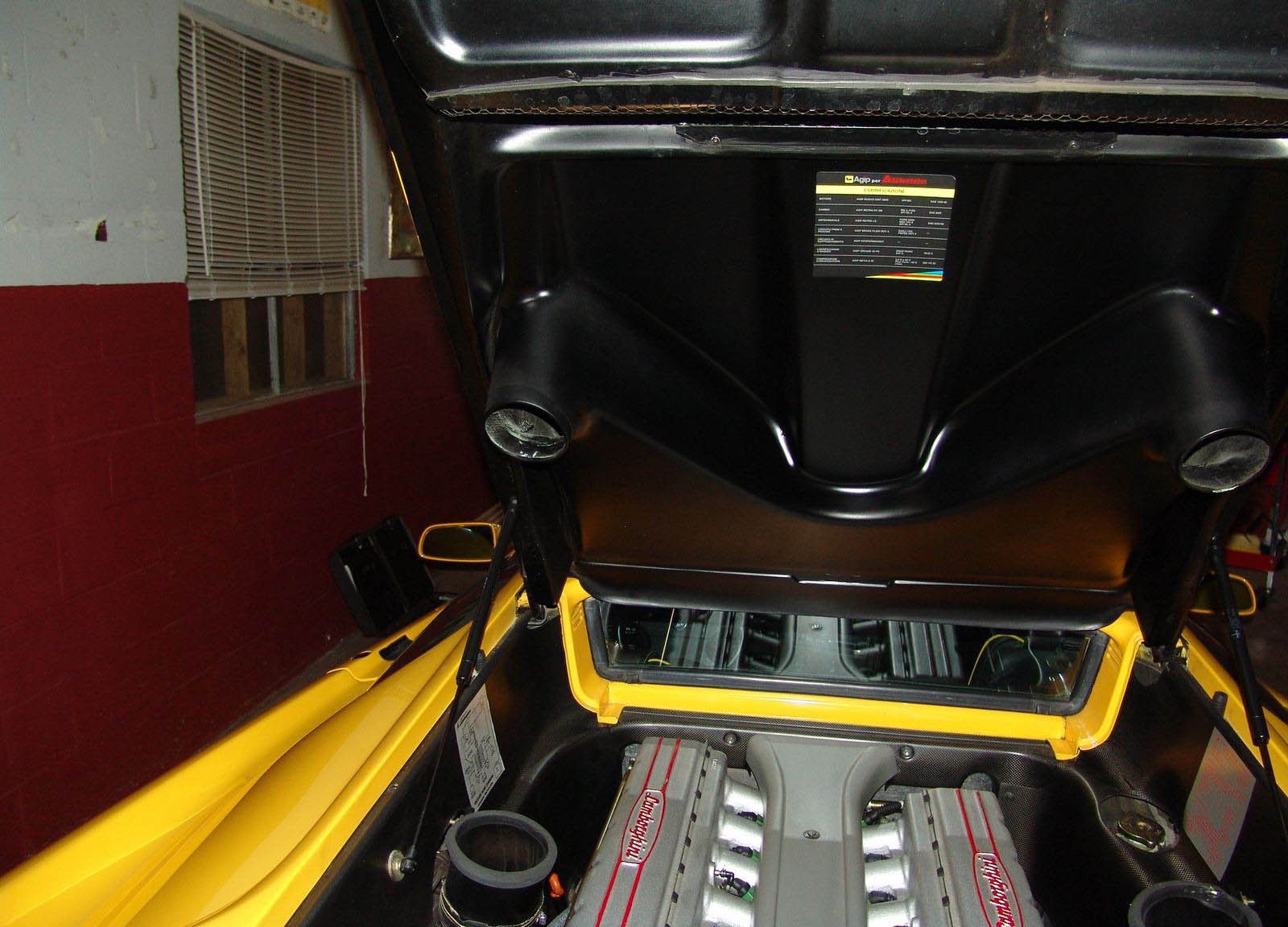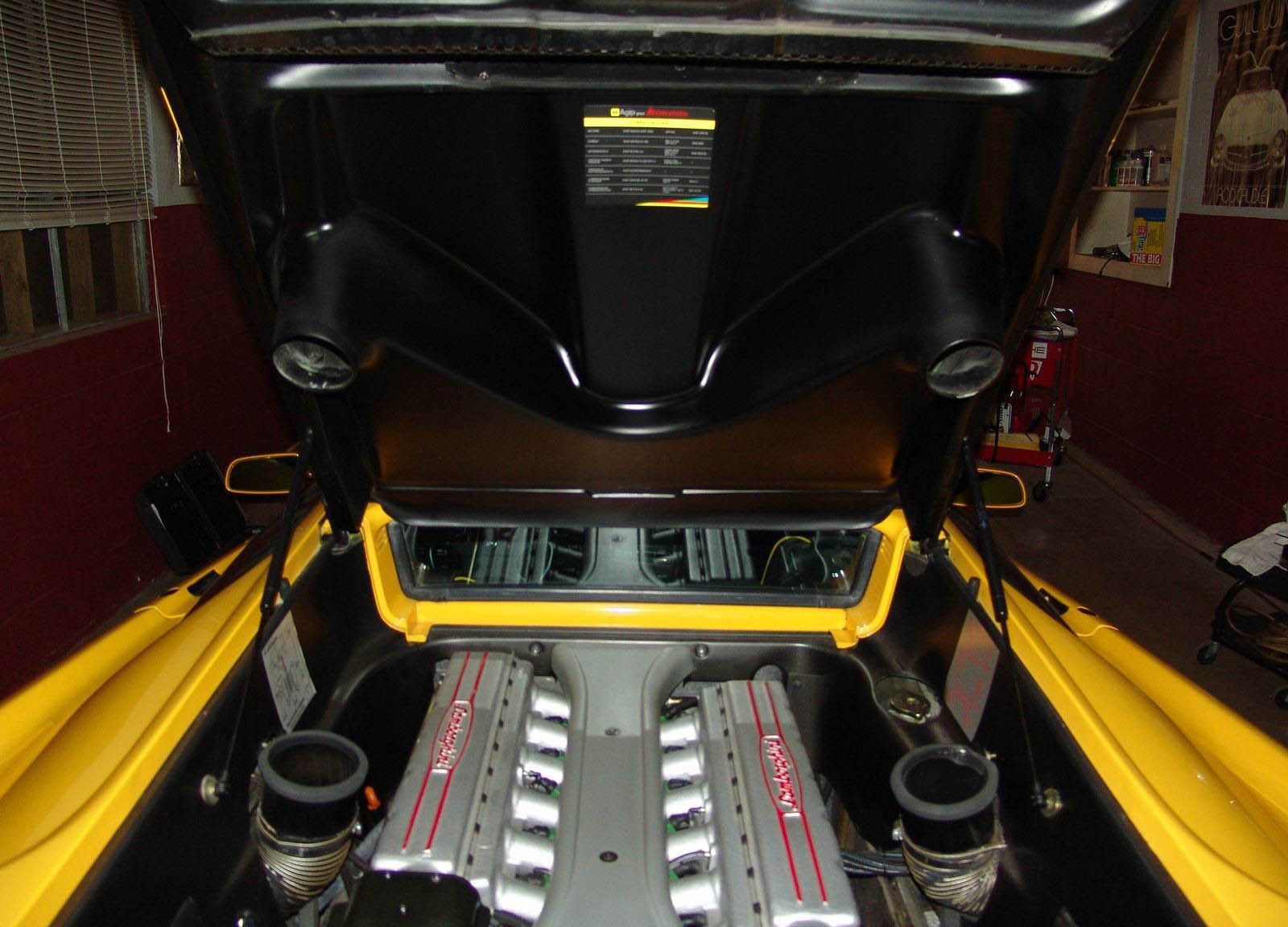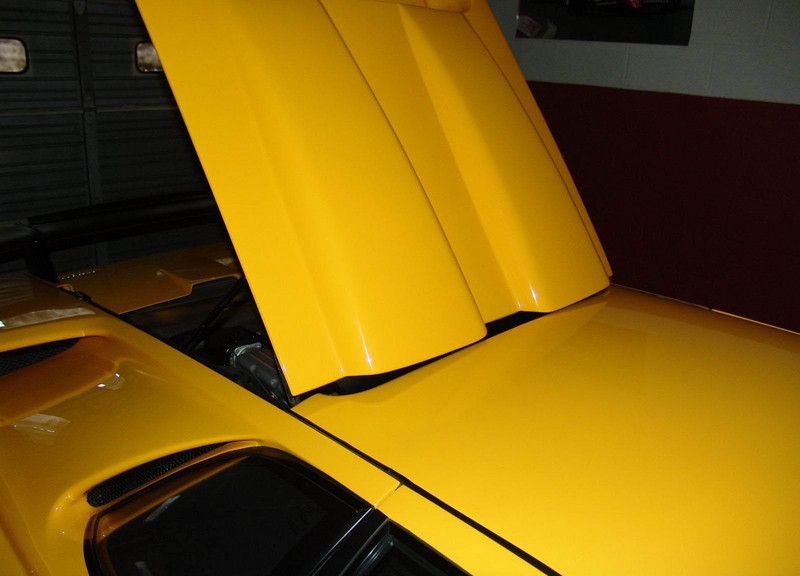The Lamborghini Diablo arrived at a difficult time for the Italian firm. Barely out of bankruptcy and purchased by the Mimran brothers in 1985, Lamborghini began working on a successor for the aging Countach. Development took no fewer than four years, with the final car unveiled in 1990. Just like its predecessor, the Diablo was made available in various versions, including an SV model, reviving the Super Veloce name for the first time since the Miura SV was discontinued in 1973.
Lambo introduced the SV model at the 1995 Geneva Motor Show, a full five years after the Diablo went into production. It was essentially a more powerful version of the regular Diablo. It had larger brakes but lacked the all-wheel-drive system in the VT. The Diablo SV was updated alongside the other trims when Lambo facelifted the supercar in 1998, but it became the lineup's base model and was discontinued after just one year on the market, replaced by the GT. Production of the Diablo continued two years after the SV was retired until 2001.
Continue reading to learn more about the Lamborghini Diablo SV.
1995 - 2001 Lamborghini Diablo SV
- Make: Array
- Model: 1995 - 2001 Lamborghini Diablo SV
- Engine/Motor: V12
- Horsepower: 510
- Torque: 428
- Transmission: 5 speed manual
- [do not use] Vehicle Model: Array
Lamborghini Diablo SV Exterior
The Diablo has an interesting design story, as its looks were revised heavily before it went into production. Lamborghini contracted Marcello Gandini, who had already designed the Miura, Espada, and Countach, to pen the Diablo, the final result being a supercar with daring, sharp edges. Chrysler, who had purchased the firm in 1987, rejected the idea and gave the project to its own design team, led at the time by Tom Gale, who envisioned the Dodge Viper and Plymouth Prowler. Gale revised the Diablo by softening the wedge-style design.
Unhappy with the result, Gandini used his design for the Cizeta-Moroder V16T, a supercar developed by a group of former Lamborghini employees.
While modern vehicles are usually updated once every three or four years, the Diablo carried over unchanged from 1990 to 1998. The same goes for the SV, which had the same design since its introduction in 1995 and until the Diablo was upgraded in 1998. Compared to the standard model, the SV gained very few extra features.
Up front, Lambo altered only the bumper, which gained big vents and revised fog lamps. The turn signals on the sides were repositioned above the bumper and reshaped into smaller, round lights. Revisions to the side panels were barely noticeable, but the SV received new wheels, including an optional two-tone design.
Around back, the reverse lights from the small grille were moved into the bumper, making way for a new "Diablo" badge and an "SV" logo. The trim around the grille and taillights was also changed from body color to black. Finally, Lambo added a new, wider wing, and a revised engine lid that featured two extra vents at the top.
The 1998 facelift affected the SV as well, which had the pop-up headlamps replaced with fixed, composite lenses, and gained new wheels and minor changes to the bumpers.
Lamborghini Diablo SV Interior
The Diablo's interior was a massive departure from the Countach. Not only it looked decidedly more modern, but it also had better materials and a more ergonomic layout. It also looks more organic thanks to the flat and angled dashboard and separate, upright instrument cluster binnacle. It also gained an angled center stack, which has since become the norm in modern supercars.
While it looks somewhat standard to today's standards, the Diablo featured fine, hand-stitched leather, fully adjustable seats and steering wheel, electric windows, and an Alpine audio system. It was also more comfortable to get in and out of thanks to the revised doors that opened wider, while visibility was much improved on the sides and toward the back.
Options included a custom-molded driver’s seat, remote CD changer and subwoofer, a luggage set, and an exclusive Breguet clock priced at a whopping $10,500. The SV was pretty much identical to the regular Diablo inside the cabin.
The facelift brought major changes inside the cabin. The dashboard was redesigned on a clean sheet and features an integrated wave-shaped design. A thin strip of black glass ran the length of the dash on the driver side and contained various gauges and warning lamps. This design was inspired by Bang & Olufsen products from the era. Lambo also added improved fabrics and new upholstery options. The range-topping VT model also gained carbon-fiber trim, but these weren't available for the SV, which had become the base model.
Lamborghini Diablo SV Performance
Originally, the Diablo was powered by a 5.7-liter V-12 based on the same design that Giotto Bizzarrini created back in 1963 in the form of a 3.5-liter unit for the 350GT. The Diablo had a 48-valve version of the V-12 and featured dual overhead cams and computer-controlled multi-point fuel injection. Just like in the Countach, the engine was mounted behind the seats and used a five-speed manual transmission to send its power to the wheels.
The mill came with 492 horsepower and 428 pound-feet of torque on tap, but power increased as Lambo rolled out new versions of the supercar. The SV gained 18 horsepower, while torque remained unchanged, with total output set at 510 horses and 428 pound-feet. Unlike the VT model, the SV remained a rear-wheel drive car.
Other drivetrain updates over the base model included an extra set of front brake cooling ducts, a ducted engine lid similar to the Diablo SE30 Jota, and larger diameter front brakes.
The SV needed 4.2 seconds to hit 60 mph, a benchmark that made it three tenths quicker than the base model. However, the SV was far from being the quickest or most powerful Diablo, with the SE and SE Jota delivering 523 and 595 horsepower, respectively. These were the only Diablos to hit 60 mph in less than four seconds. As far as top speed goes, the SV was on par with the base model and the VT at 204 mph. Still, it was rather impressive as the Diablo was the first Lamborghini to surpass the 200-mph mark.
The facelift brought a more powerful engine in the SV. The tried-and-true V-12 was upgraded to 529 horsepower and 446 pound-feet, a 19-horsepower and 18-pound-foot increase. The mill also gained variable valve timing, while the braking system received larger rotors and a Kelsey-Hayes ABS unit. The 0-to-60 sprint time decreased from 4.2 to four seconds, while top speed remained locked at 204 mph.
The SV model was replaced after just one year into the facelift with the GT, which had a larger, 6.0-liter V-12 rated at 575 horsepower and 465 pound-feet of torque.
Lamborghini Diablo SV Production & Pricing
When launched in 1995, the Diablo SV retailed from $229,000. As a somewhat weird fact, even though it was more powerful than the base model and had a few extra features, it was priced as the entry-level model in the Diablo range, costing a bit less than the standard version.
Specific production figures for the pre-facelifted model are unknown, but Lambo likely built less SVs than standard models, estimated at 900 units. In 1999, Lambo built around 100 facelifted SV cars. In addition to the coupes, Lambo also produced around six roadsters and a custom-made VS Special for Victoria Secret.
The pre-facelift run also included the SV Monterey Edition, a U.S. exclusive model limited to 20 units. These had SE30 air intakes in front of the rear wheels and unusual, more vibrant exterior colors. In 1999, Lambo built the SV SE35 special edition for Swiss importer Roland Affolter to commemorate the company's 35th anniversary. Only nine were built with the only unique feature being a bull decal on the sides of the cars.
Used Diablo SV models usually retail from around $150,000 to more than $250,000 depending on condition and options. Facelift models with fixed headlamps are usually more expensive, mostly because production lasted only a year with around 100 built. However, some pre-facelift models can fetch in excess of $300,000 if mileage is below the 30,000-mile mark.
Lamborghini Diablo SV Competition
Ferrari F512 M
Essentially an evolution of the Testarossa, the 512 TR arrived in 1991 as a direct competitor to the Diablo. In 1994, Ferrari updated the supercar and renamed it the F512 M. The 4.9-liter V-12 under the hood was also enhanced to deliver 440 horsepower and 370 pound-feet. The sprint to 60 mph took 4.6 seconds, while top speed was rated at 196 mph. Granted, the F512 M wasn't as quick and powerful as the Diablo SV, but it had the exotic looks and the lavish interior to compete with its Italian rival. Unfortunately, the F512M was discontinued in 1996, one year after the Diablo SV broke cover when it was replaced by a front-engined car, the 550 Maranello. Originally sold for around 200,000, the F512 M can now be purchased starting from $100,000. However, low-mileage models can fetch as much as $500,000.
Read our full review on the 1994 - 1996 Ferrari F512 M.
Jaguar XJ220
Unlike the Diablo, the XJ220 was a limited-edition supercar produced for only two years. The British coupe was already out of production when the Diablo SV arrived, but it's one of the few from the era that matched the Lambo in terms of power and top speed. Because Jaguar's available engineering resources went into other vehicles, the XJ220 was co-developed with TWR, with which the Brits had an existing joint venture. This cause some problems and Jaguar eventually replaced the V-12 in the concept car with a twin-turbo, 3.5-liter V-6 unit from Austin Rover. The XJ220 arrived with 542 horsepower and 475 pound-feet of torque, and it was quicker than the Diablo SV, needing 3.6 seconds to hit 60 mph. Its top speed was also superior at around 210 mph. Less than 280 cars were built and sold from £470,000. Nowadays, an XJ220 will set you back at least $600,000.
Read our full review on the 1992 - 1994 Jaguar XJ220
Conclusion
The Lamborghini Diablo had a pair of really big shoes to fill when it arrived in the early 1990s, as it had to replace one of the most iconic supercars ever made, the Countach. Fortunately, and despite throwing away Gandini's rather unconventional design, the Diablo created quite a stir, and it was described as "the biggest head-turner in the world" by Top Gear's Jeremy Clarkson. This remains true to this day when Diablo continues to take the spotlight at classic car shows and Lamborghini gatherings. While the SV wasn't the most powerful or the quickest Diablo, it remains a solid option if you want some of Lambo's iconic wedge-style design without the aggressiveness of the Countach.
Further reading
Read our full review on the 1990 - 2001 Lamborghini Diablo.
Read more Lamborghini news.


